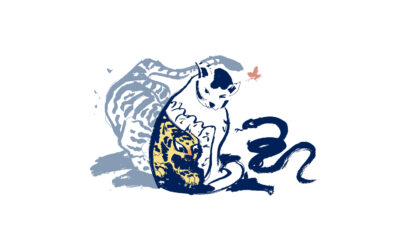In the past few years, Chinese nationalism and pride have grown to such an extent that many domestic brands are now perceived to be on a par with foreign ones. This is a significant shift versus a decade ago when Chinese consumers were reluctant to purchase anything ‘Made in China’.
The Guochao or ‘Rising China’ (国潮) trend makes this particularly clear. Nostalgic consumers are gravitating towards brands that highlight specific Chinese cultural elements and heritage. Most successful are those leveraging Guochao by fusing the past with the present. How are they doing this?
Brands with significant Chinese heritage are reinterpreting their past to make themselves relevant today.
Satisfying a taste for sugar and nostalgia
White Rabbit is a Chinese candy brand that older generations of Chinese consumers grew up with: a milky-flavoured sweet with an edible wrapper and a white rabbit logo, entirely reminiscent of childhood. Its recent reinvention via collaborations with other brands and memorable events has now made it deeply and visibly relevant to younger consumers.
Milk-scented perfumes, body lotions, home sprays and lip balms sold out overnight. An exhibit in Shenzhen to celebrate the brand’s sixtieth anniversary came complete with the ball pools and toy claw machines of childhood playgrounds and arcade games. In Shanghai, customers queued at a pop-up store for four hours to buy a White Rabbit bubble tea.
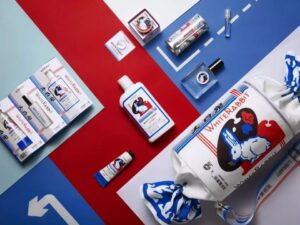

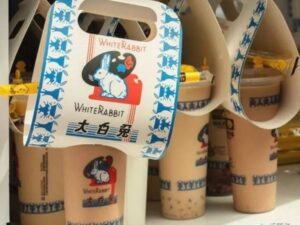
Brands with no Chinese heritage are creating a past, leveraging Guochao to make themselves relevant today.
A Patriotic Makeover
The Chinese Olympic athlete Li Ning founded his eponymous sportswear label only three decades ago, against the backdrop of a sportswear market in China historically dominated by Nike and Adidas. It is now seen by many consumers as the embodiment of Guochao in China today: a social media sensation which, by showcasing designs in the red and yellow of the Chinese flag, has turned unfashionable and outdated colours into a proud reference to its national heritage.
What is more, it has collaborated with Hongqi (meaning ‘red flag’), a leading luxury car marque designed for Chairman Mao and party officials’ sole use. This partnership has successfully modernised a symbol of heritage into one that is available to all. Jointly branded backpacks, hats and apparel have become hugely popular with both a younger generation who gratifyingly identify Li Ning with Guochao, and with their nostalgic forebears.
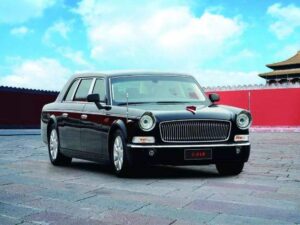 .
. 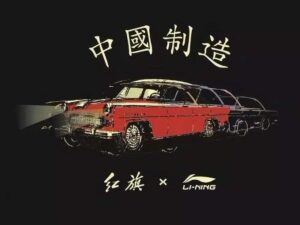
Guochao’s traction is thus twofold: it represents China’s present stature and the speed of its recent evolution and progress. But wherever a brand sits on the spectrum between heritage and modern, it must understand the culture and history within which it is operating if it is to identify overlaps that will not seem merely artificial to consumers. Just as China will continue its rise, so those seeking to leverage Guachao’s impact should think always in the long term.
No longer forbidding: the Palace Museum’s new lighthearted approach
Museums have traditionally relied on visits from older generations or those particularly interested in history. And yet, in total contrast to this norm, the Palace Museum in the Forbidden City has seen a surge of popularity amongst the young. In 2018 alone, of an all-time high of 17 million visitors, almost 50% were under the age of 30.
Again, leveraging nostalgia for the country’s heritage and Guochao can be credited with this boom. The museum has effectively turned the Forbidden City into a brand. And by doing it with wit and humour, it has created real relevance for the young, selling creatively designed, everyday products inspired by Chinese history.
No item is too humble for this project: printed eye masks that transform the wearer into a former Emperor; ‘Ruler of the World’ porcelain cups; sellotape printed with ancient Chinese patterns, cartoon versions of archaic figures hanging from keyrings, and diaries with an ‘ancient artefact of the day’. This lightness of touch, and the paradoxical pairing of ancient and modern, has inspired a cultish devotion amongst young customers. They have been given the chance to see the old in an entirely new light.
Reimagining Oreo’s collaboration in China
Not every brand succeeds first time of course. In collaboration with the Forbidden City, Oreo launched six ‘imperial-inspired’ sweet and savoury cookies, including hawthorn berries and spicy pepper pastry. They sounded exciting, and were contained in a two-tier box designed to evoke traditional Chinese pastries’ packaging. In addition, this box was decorated with images from ‘The Twelve Beauties’ paintings of the Qing dynasty.
Despite what appeared a promising product, it did not resonate as well as hoped. We wonder if the relationship between a modern American cookie brand and a figure from China’s imperial past was perhaps a little too tenuous and unclear to leverage consumers’ nostalgia.
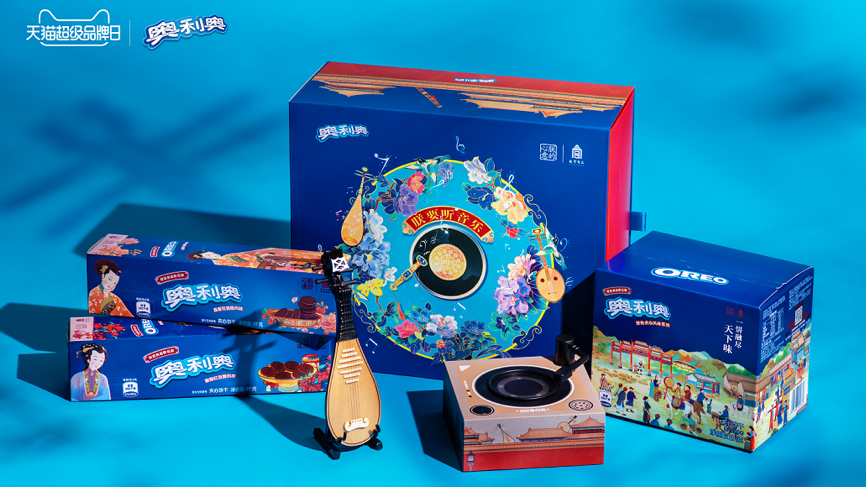
But could the combination of Oreo and the Forbidden City have greater success tapping into Guachuo by concentrating more on where the two ‘brands’ overlap? An immediate example certainly springs to this writer’s mind: an updated range of classic Chinese toys sold together with Oreo cookies.
Alternatively, a snack brand with a strong Chinese heritage, such as White Rabbit, would create a very natural collaboration: one can happily imagine an Oreo cookie with milk candy inside, or a cookie and milk ice popsicle. Very happily….



